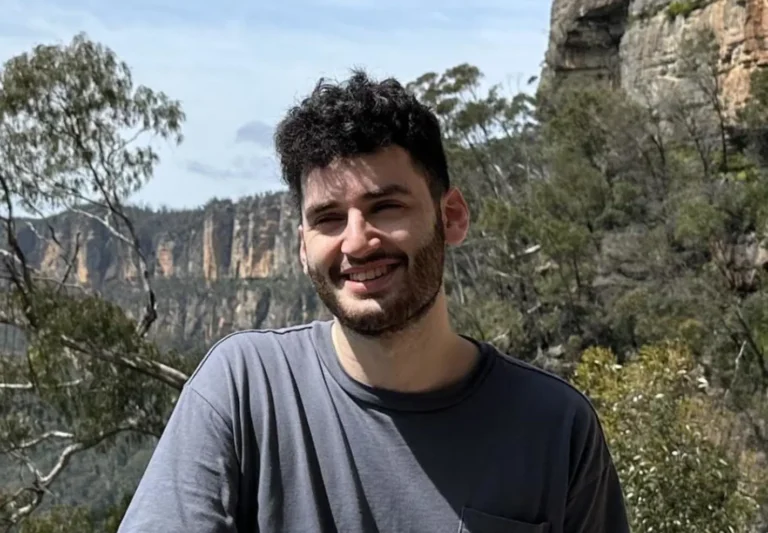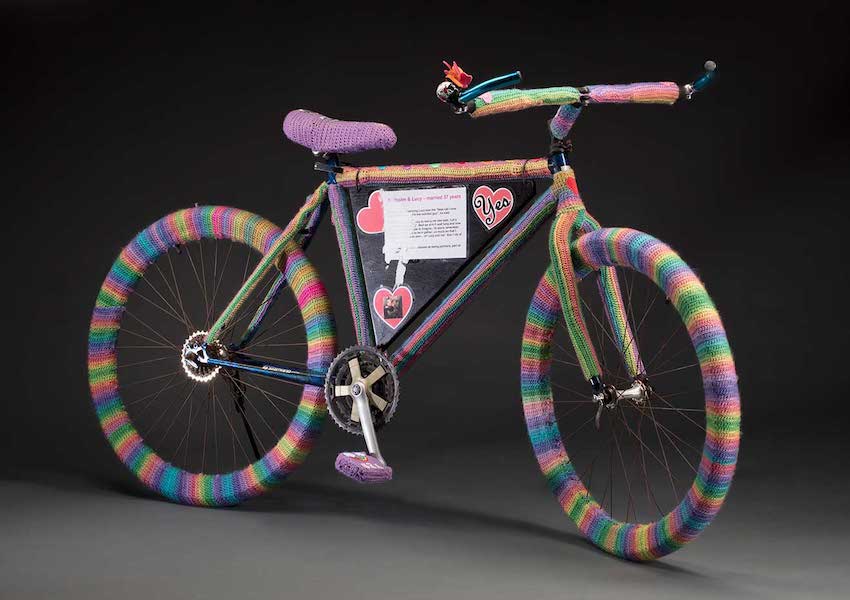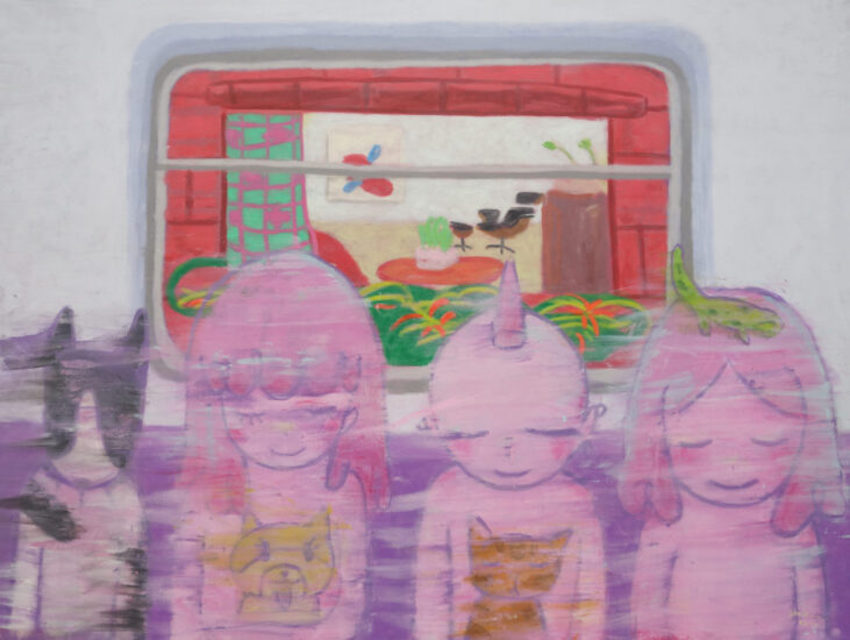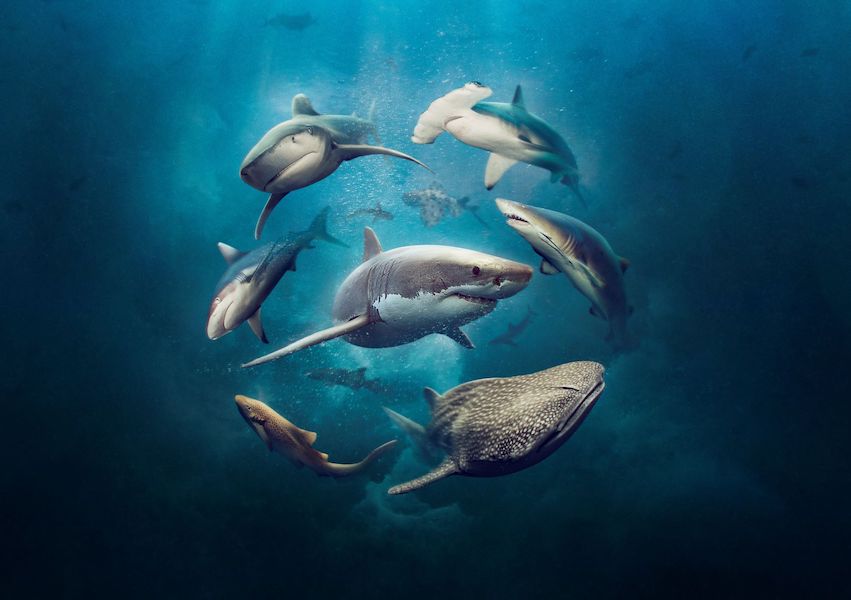
BREATHING ROOM
Lake Eyre, Australia’s largest lake, is nestled some 700km north of Adelaide. When full, its waters appear so flat that it becomes impossible to distinguish the surface and horizon from the sky, rendering a startling phenomenon of being able to sail in the sky. It’s little wonder that artists have oft been drawn to Eyre’s shores, seeking to capture some of its stark and elusive beauty.
Sydney artist Robyn Stuart’s latest exhibition Breathing Room explores the landscape up close and personal, attempting to draw out the emotional and psychological landscapes contained in the seemingly motionless waters. “I wanted to invoke the feeling of this enormous ancient, timeless landscape being simultaneously vast and crushing. So I built two rooms, 3×3 metres, and projected the landscapes onto them. The idea is that you end up standing a lot closer than you normally would to such a big image, and it feels kind of like it’s closing in on you.”
The landscape projected in these rooms is surely one of Australia’s most striking and mythologised. Stuart describes the experience of being there as disorienting, contradictory and yet stunningly beautiful. “It was an incredible landscape. I love the idea of the early explorers travelling out there hoping to find a magical inland water source, and then this is what they got: a great big f*ck-you, a cavalcade of contradictions. It’s a giant inland lake and yet it’s the most arid landscape imaginable. It’s a desert but it’s 15m below sea level. And best of all, it’s covered in a salt crust up to a metre thick, which is lying on the ground like snow.”
This latest project forms a key part of Stuart’s postgraduate research into the intersection of conceptual practices and theory in art, mathematics and philosophy, particularly chaos theory and dynamical systems. A key theorem in dynamical systems, known as the Poincare Recurrence Theorem, states that certain volume-preserving physical systems will, after a sufficient length of time, return to a state very close to the initial state. For Stuart, Lake Eyre represents such a system, a landscape with “infinite memory.” “I wanted to explore a landscape that seemed to me to embody the idea of return and repetition. Being in the desert plays havoc with people’s time-perception abilities – there’s an absence of the any of the features that we would normally use to judge how much time had elapsed. It’s a timeless landscape, and that makes it very disorientating.”
Breathing Room utilises this notion of distorted time, plunging audiences into a strange and liminal space in which time seems to pass relentlessly and obliterate itself in the same movement. “With these video works, the idea is that you have no way of knowing whether the videos last for an hour or a day or a minute; the landscapes follow their own self-intersecting time-trajectory. The emotional effect of this is, actually, a bit ambiguous. It’s boring at first, because it seems like nothing’s happening. But it’s unsettling when you realise that you’ve returned back to a point where you’ve been before, without having noticed how you got there,” Stuart says, reflecting on the emotion that plays out in our physical world. “People know that the law of physics dictate the way that we experience the world, but they tend to think that the extent of that effect is just physical, not emotional.”
Until Dec 3, Kudos Gallery, 6 Napier St, Paddington, cofa.unsw.edu.au/galleries/campus-galleries/kudos-gallery










